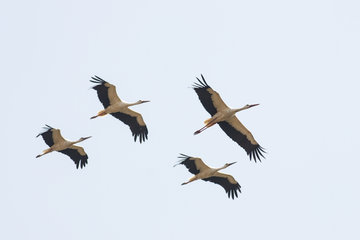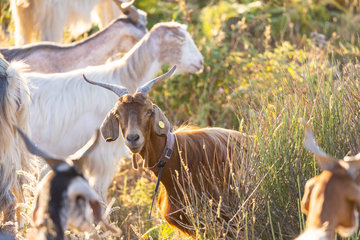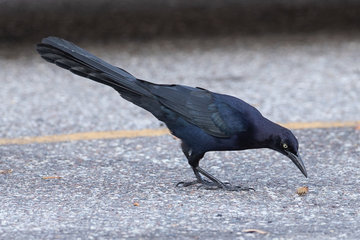Migrating animals learn by experience
Adolescent exploration helps storks to learn straighter and shorter migration routes
Research from the Max Planck Institute of Animal Behavior and the Centre for the Advanced Study of Collective Behavior at the University of Konstanz shows that migrating storks refine their behavior as they get older, suggesting that experiential learning is an important part of successful migration. While genetics and social behavior are important factors shaping animal migrations, information learned within a lifetime also appears to guide migratory movements.

The study led by Ellen Aikens from the University of Wyoming involved tracking over 250 white storks from southern Germany and Austria. Over a seven-year period, data was continuously collected from storks as they migrated over the western flyway from Europe towards North Africa in fall and back again in spring.
The researchers used the data to calculate when storks timed their migration, what pathways were taken, and how much energy was spent while flying. This allowed them to assess how migratory behavior changed over the course of an animal’s life. “We provide the strongest evidence to date that exploration early in life shapes migration later in life, “ says senior author Andrea Flack, a group leader at the Max Planck Institute of Animal Behavior.
Faster and more efficinet with age
The team found that while young storks took their time exploring new places during migration, their migrations become faster and more efficient as they aged. “In their first migration, young birds fly routes that take longer but that cost less in terms of energy,” says first author Aikens, who conducted the research while a postdoctoral researcher at the Centre for the Advanced Study of Collective Behavior.
As the birds gained more experience, individual storks incrementally straightened their migration routes to find more direct ways to move between destinations during the spring migration to summer breeding and nesting grounds. Although birds consumed more energy during these flights, the total time taken to reach their destination was less. “This suggests that birds are using spatial memory that they acquired through learning to innovate shortcuts,” says Aikens. The findings could have implications for a variety of other species of migrating animals.
The researchers don’t discount the importance of genetics and “culturally inherited information” as mechanisms in animal migrations, but they say the new findings point to individual experience as another key factor. “When we think of animal migration, we usually think of time and energy as the most salient pressures,” says Flack. “But the landscapes that animals move through are complex and dynamic, and learning how to exploit favorable conditions saves both time and energy. Our study shows that gaining information, and using it to incrementally refine behavior, is a powerful force driving lifetime migration.”












